Most enthusiasts will clock 1974 as the year of the Volkswagen Golf. The original Mk I Golf heralded a new era for hatchbacks – and VW – with 35 million of them (and counting) sold since. Yet the Golf had a talented sibling that carved a motoring niche in its own right, even if it hasn’t reached the same stratospheric fame: the VW Scirocco.
The Scirocco is less familiar to many Australians as it took almost 40 years for the nameplate to arrive in Volkswagen showrooms here – and even then, it was a single-flavour performance variant, the Scirocco R. Yet it was worth the wait, even if many Aussies were confused by what the Scirocco’s role in the line-up actually was.
The Scirocco’s place follows that of another legendary sports car. While the original Golf was the replacement for the long-in-the-tooth Beetle, the Beetle itself had a more athletic, sports-focussed cousin: the Karmann Ghia.
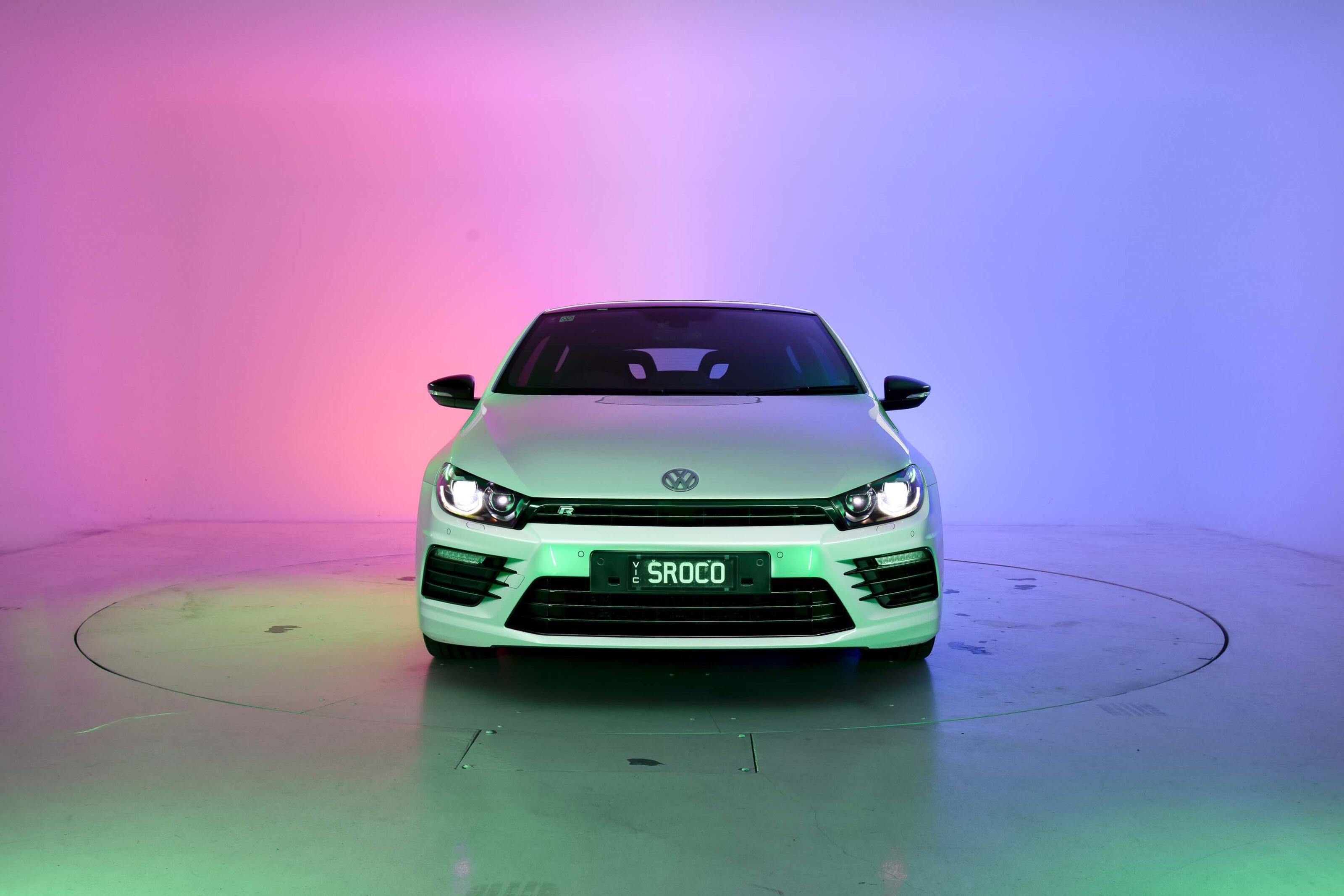
First shown to media at the Casino Hotel in Georgsmarienhütte, Lower Saxony, in July 1955, the original Type 14 Karmann Ghia coupe took widened Beetle underpinnings and draped a beautiful, single-piece Italian body over them, which was designed by Luigi Segre of Carrozzeria Ghia (there’s controversy around where the design came from, but that’s for another discussion).
We waited almost four decades for a VW Scirocco to be offered Down Under
The body itself was built in Osnabrück, just seven kilometres away from the Casino Hotel.
The cabriolet shown in 1957 was arguably even more convincing, oozing charisma and style. Neither version was especially fast, but there was no questioning the svelte looks.

When the Mark I Golf arrived in 1974, Wolfsburg placed the same bet by creating a sports-bodied variant sharing its mainstay’s underpinnings: the VW Scirocco was born. The recipe saw the Golf’s A1 platform as the basis for the new sports model – named Scirocco after the ferocious wind that rushes across the Sahara Desert on its way to the Mediterranean.
Volkswagen itself had been facing a headwind with its ageing model line-up of rear-engined, air-cooled models that dated back to the 1930s. By 1970, things had sunk to their lowest, the company’s value hitting rock bottom.
The ambitious and aggressive Rudolf Leiding had taken the helm of VW Group in 1971 and set about revitalising Wolfsburg.
He ruthlessly cut costs, improved efficiencies and fought significant internal battles as he weaned the company off its dependence on the Beetle.
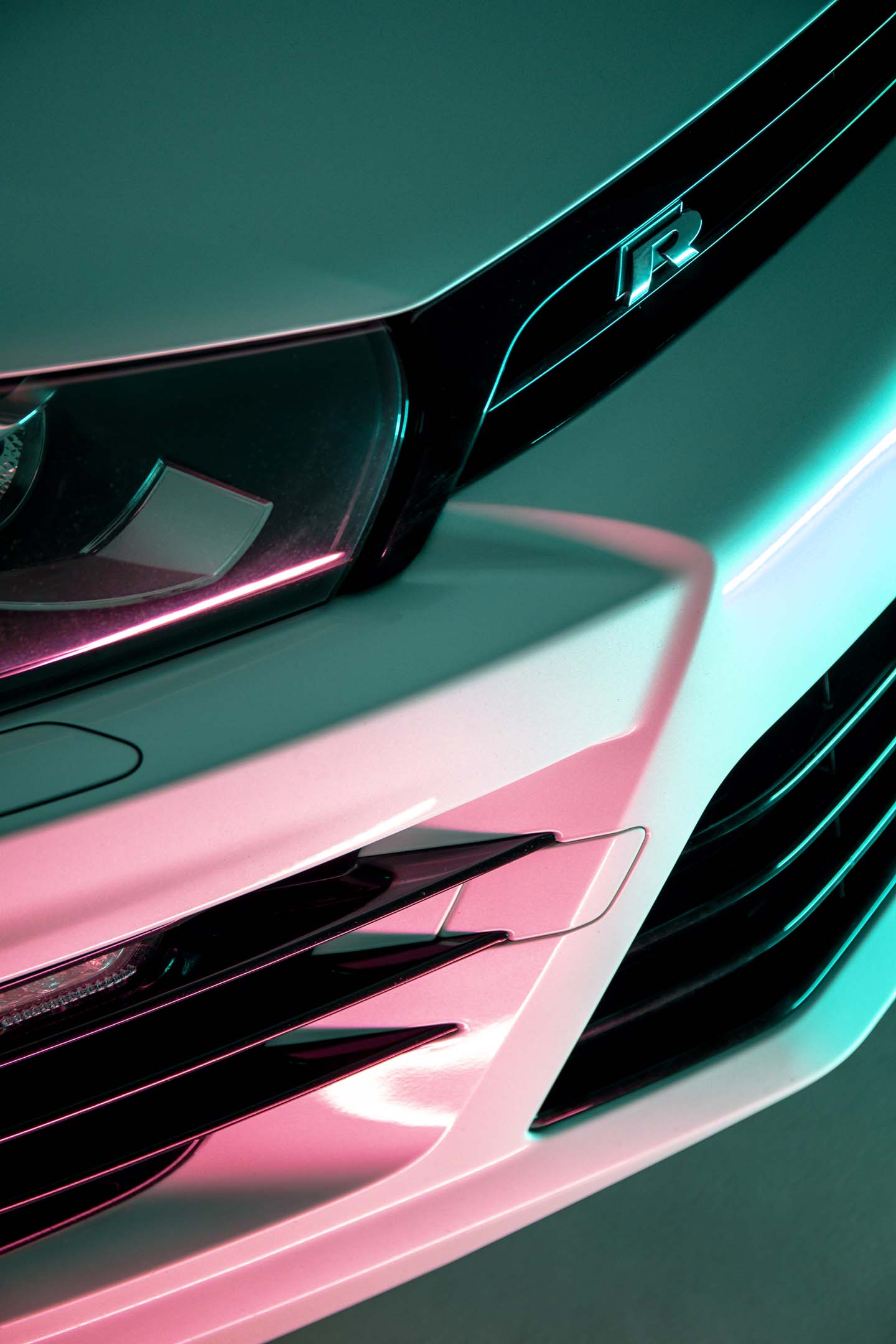
Leiding’s internal revolution had to be matched by a product revolution, though. That was spearheaded by a trio of game-changers for the brand: the Passat, Golf and Scirocco.
The scale of change could not be understated for the brand at this time, with all three vehicles the work of Giorgetto Giugiaro’s Italdesign styling house – now regarded as some of the legendary designer’s most iconic work.
The new-vehicle onslaught marked a shift conceptually, too, from rear-wheel drive, air-cooled rear-engined layouts to the now conventional water-cooled, front-engined, front-drive configuration.
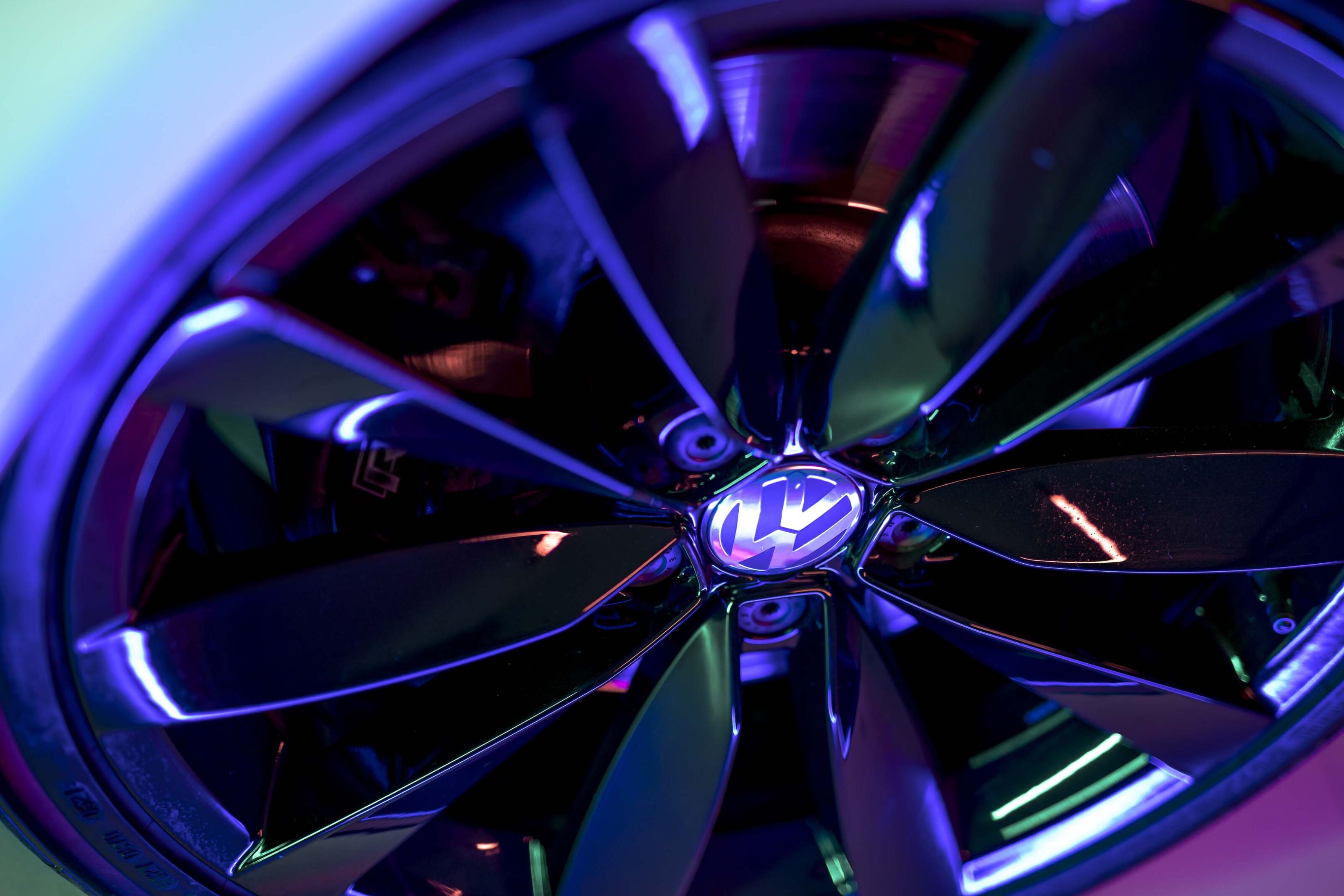
This was part of widespread monumental change, with almost everything brand new: the platforms, the engines, the design language and philosophy, factory floorplans and manufacturing techniques. Even Volkswagen’s marketing approach had to change.
The Passat’s 1973 arrival was solid evidence of a revitalised Wolfsburg under Leiding’s reign. Yet the cars couldn’t just look good – they had to maintain the brand’s legendary reliability.
To ensure this, the Passat, which was based on B1 Audi 80 running gear, was launched months after the four-ringed version in order to iron out any manufacturing issues before it hit VW showrooms. The same process was followed when the Scirocco went into production on February 4, 1974, ahead of Golf production that started the following month.
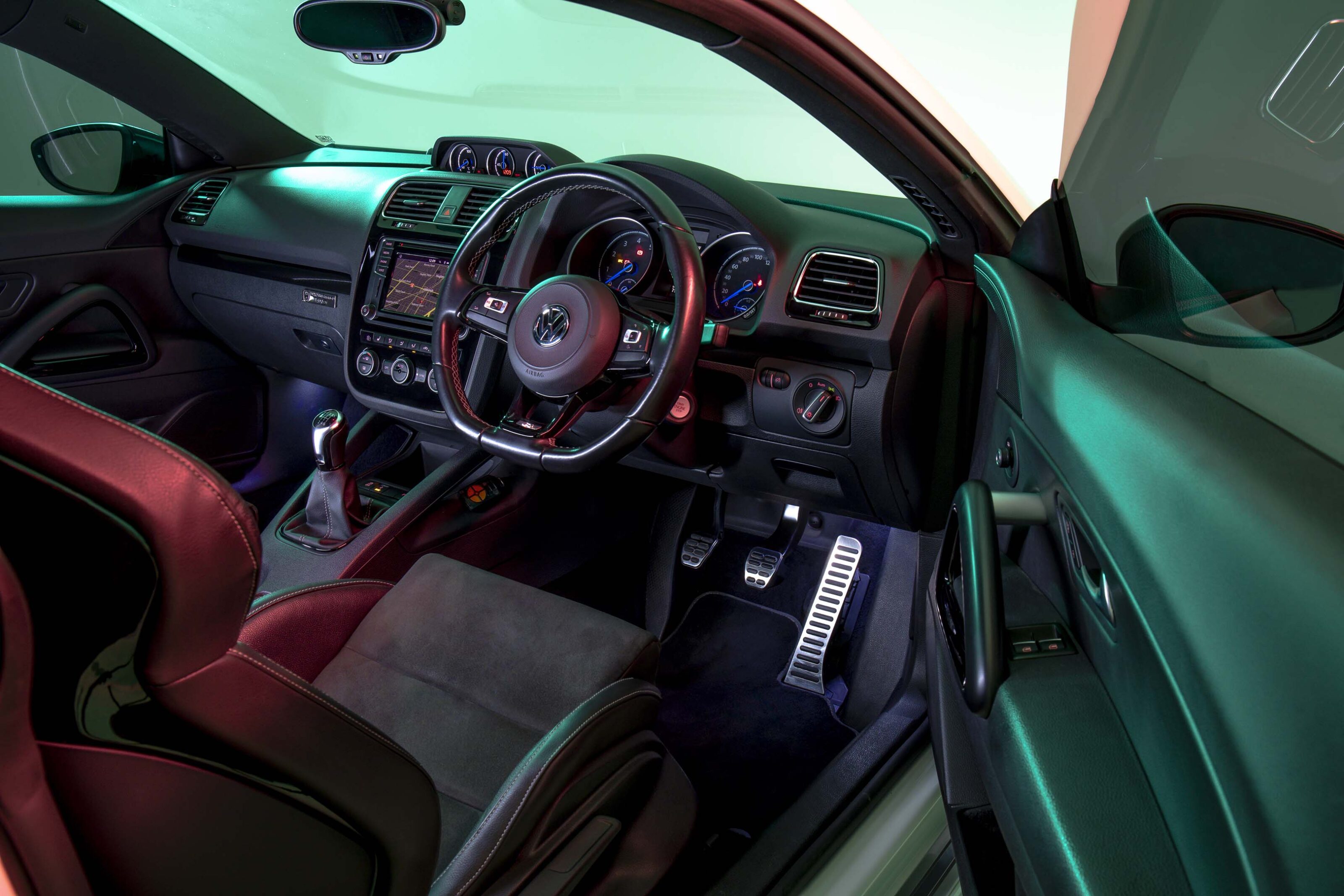
The sense of urgency to get these new models on sale meant that Giugiaro had more freedom than usual when creating the Scirocco. “They were in such a rush that they didn’t even want sketches, they wanted to see models straight away,” he said.
He showed VW a single model that became the production version, conceptually an affordable, practical sports car. Like the Karmann Ghia, the Scirocco I’s body was made by Karmann in Osnabrück.
With a clear visual relationship to Passat and Golf, the Scirocco also shared much of their underbody technology, too. In fact, Volkswagen’s management claimed that the inherent handling of the Mark I Golf made the decision to spin off the Scirocco using its A1 architecture an easy one.
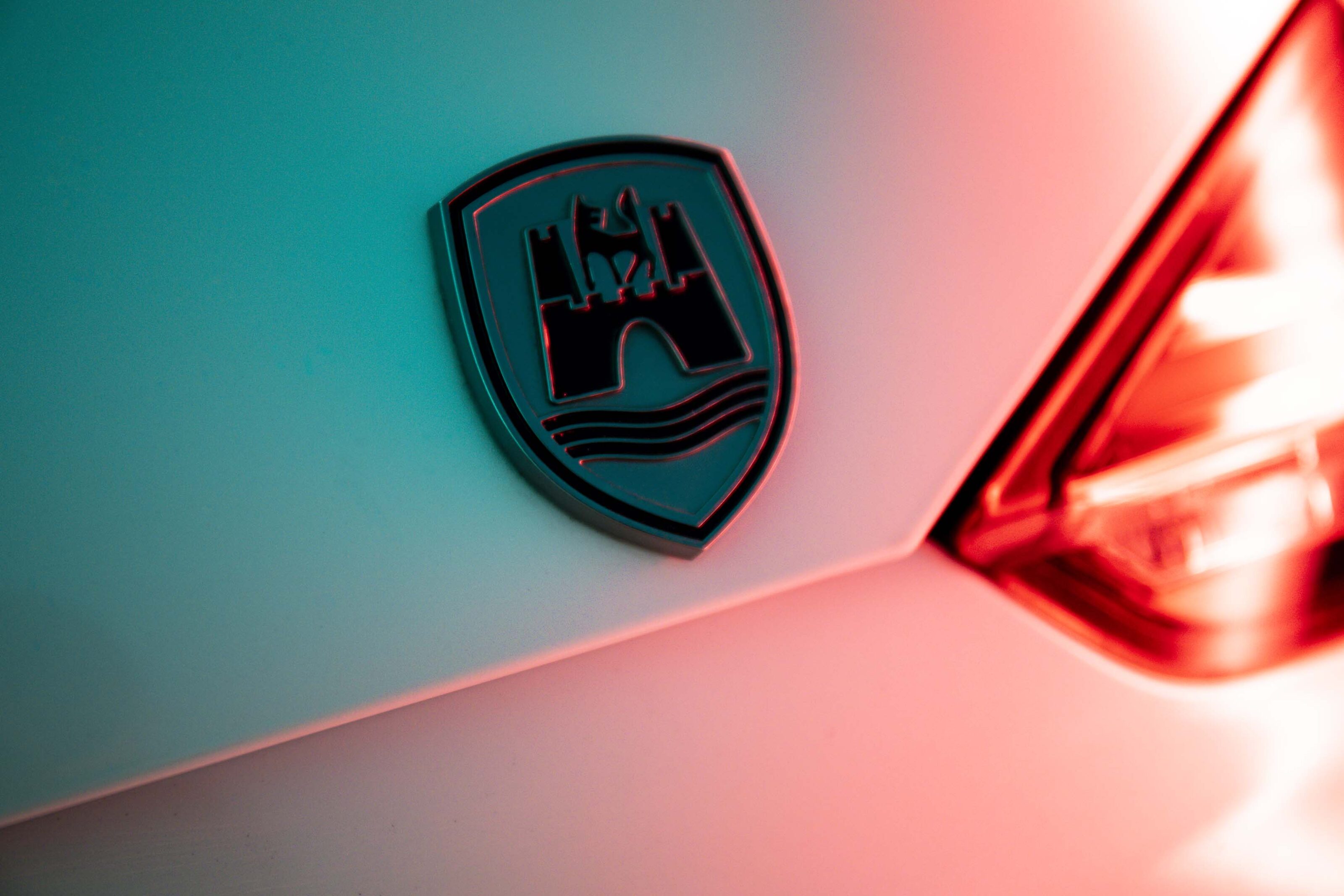
That included twist-beam rear suspension, which saved boot space and was also cheap to manufacture, applied to both the Golf and the Scirocco.
Success in Europe was quickly replicated in North America, where the Scirocco went on sale in 1975 – but Australia missed out. In the mid 1970s, issues around import duties and uncertainly in the local industry ruled it out.
Neither the Mk2 Scirocco or its replacement, the pretty Corrado, were ever offered Down Under. After the nameplate went on hiatus in September 1992, its return 16 years later delivered a serious performance car with no twist-beam rear in sight.
“The dual-clutch gearbox cut the 0-100km/h time to 6.0 seconds flat. This was a quick car”
The VW IROC (‘scIROCco’) concept shown at Paris 2006 was the first glimpse of what would become Scirocco III. In somewhat parallel with the mid 1970s, the VW Group was on the up in the second half of the 2000s (pre-GFC at least).
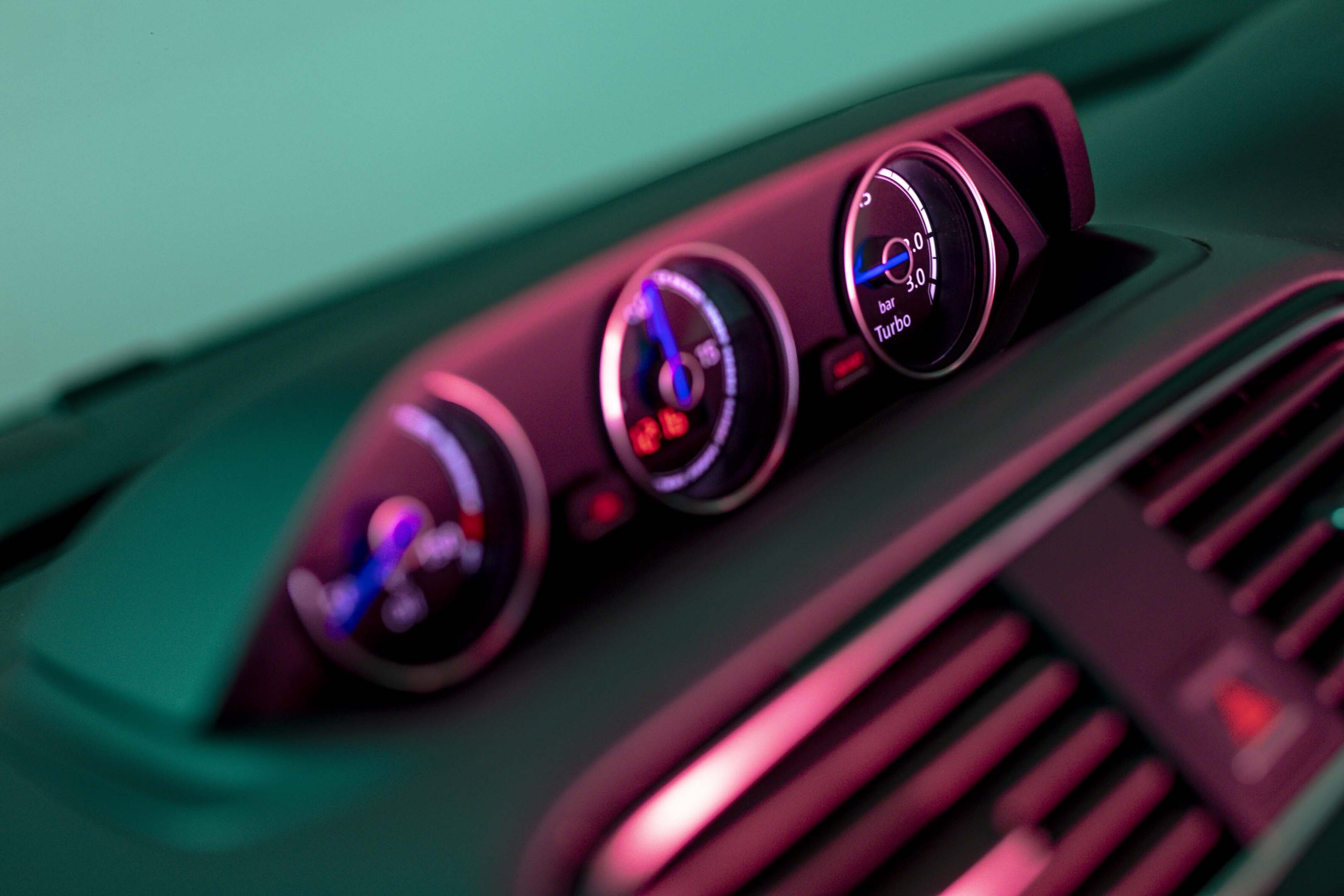
The Mk V Golf had firmly re-established the Golf as ‘Das Auto’, Audi was now a genuine rival to BMW and Mercedes while Ferdinand Peich’s intentionally loss-making Bugatti and the VW Phaeton were bold statements about the company’s confidence – and apparently bottomless pockets.
This positioned Wolfsburg as the hot favourite to be the first car-maker in history to sell more than 10 million vehicles in a calendar year, which it eventually did in 2014, the same year as Toyota. VW was no longer a one-product dependent business and had become a truly global powerhouse.
That set the tone for an ambitious VW Australia.
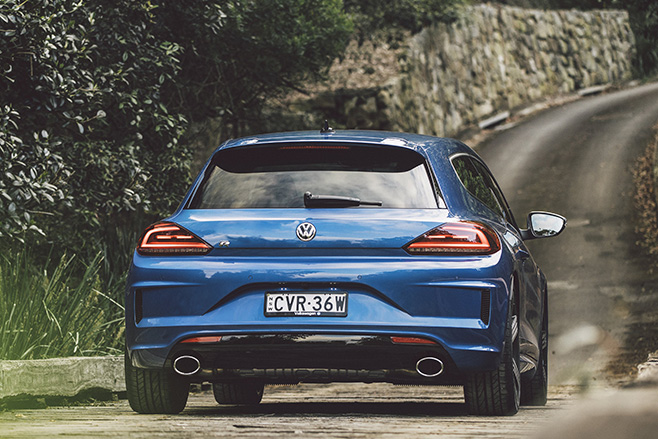
Local product planners were swelled from the success of the Mk V Golf, and when the Viper Green metallic 2006 IROC Concept became the stylistic base for the Scirocco that went into production in 2008, the Golf-exotic was on their wanted list.
It wasn’t easy: getting a production slot from the Setubal, Portugal plant proved difficult, and there was fear that the Scirocco would cannibalise Golf R sales – the performance flagship – with needless expense in the process. There was already the Eos, a Golf based Cabriolet, on the market here too.
For the 2012 model year, the decision was made to drop the three-door Golf R that was introduced in 2010 and replace it with the Scirocco R instead –the five-door Golf R would remain, but the regular Scirocco models offered elsewhere would not be available here, again for fear of cannibalising three-door Golf sales.
At last, Australians could buy a brand-new VW Scirocco. Based on the Golf V platform, it was wrapped in a gorgeously athletic body sculpted by VW’s legendary Walter da Silva, who delivered a concept-car-esque performance hatch with the user-friendliness of the Golf.

Admittedly, the late arrival mean that the Golf VII was being shown, meaning the Scirocco was far from the new kid on the block – but that couldn’t detract from a bargain performance hatch it was.
Priced at $47,490, the MY2012 Scirocco R was $1K cheaper than the three-door Golf R it replaced, yet offered more kit and head-turning exotic style.
Mechanically, it used the Golf’s older yet brilliant EA113 1984cc turbocharged four-cylinder that was also under the bonnet of the far pricier Audi S3 and TT S, with the same 188kW and 330Nm as the Golf R.
Yet the Scirocco was front-drive only to the Golf’s all-wheel drive, and with that came a 125kg weight advantage to deliver 139kW per tonne – the best power-to-weight of anything wearing a VW badge.

Channelling that power through the 19-inch front wheels was VW’s XDL – the electronically controlled diff that mimics a limited-slip design – and standard Adaptive Chassis Control (ACC), an option on Golf R. That endowed the Scirocco with a 6.2sec 0-100km/h, with the DSG model cutting that down to 6.0sec flat. This was a quick car.
What’s more, the ACC and unique tuning gave the Scirocco its own flavour from behind the wheel.
The steering was heavier than the Golf R’s, but it had a sharper, more responsive front-end and while it shared the Golf’s 2574mm wheelbase, it was 43mm longer, 35m wider and 51mm lower.
It was far more than a Golf in a stylish outfit: the Scirocco R really did sing its own tune as a genuine performance hatch.
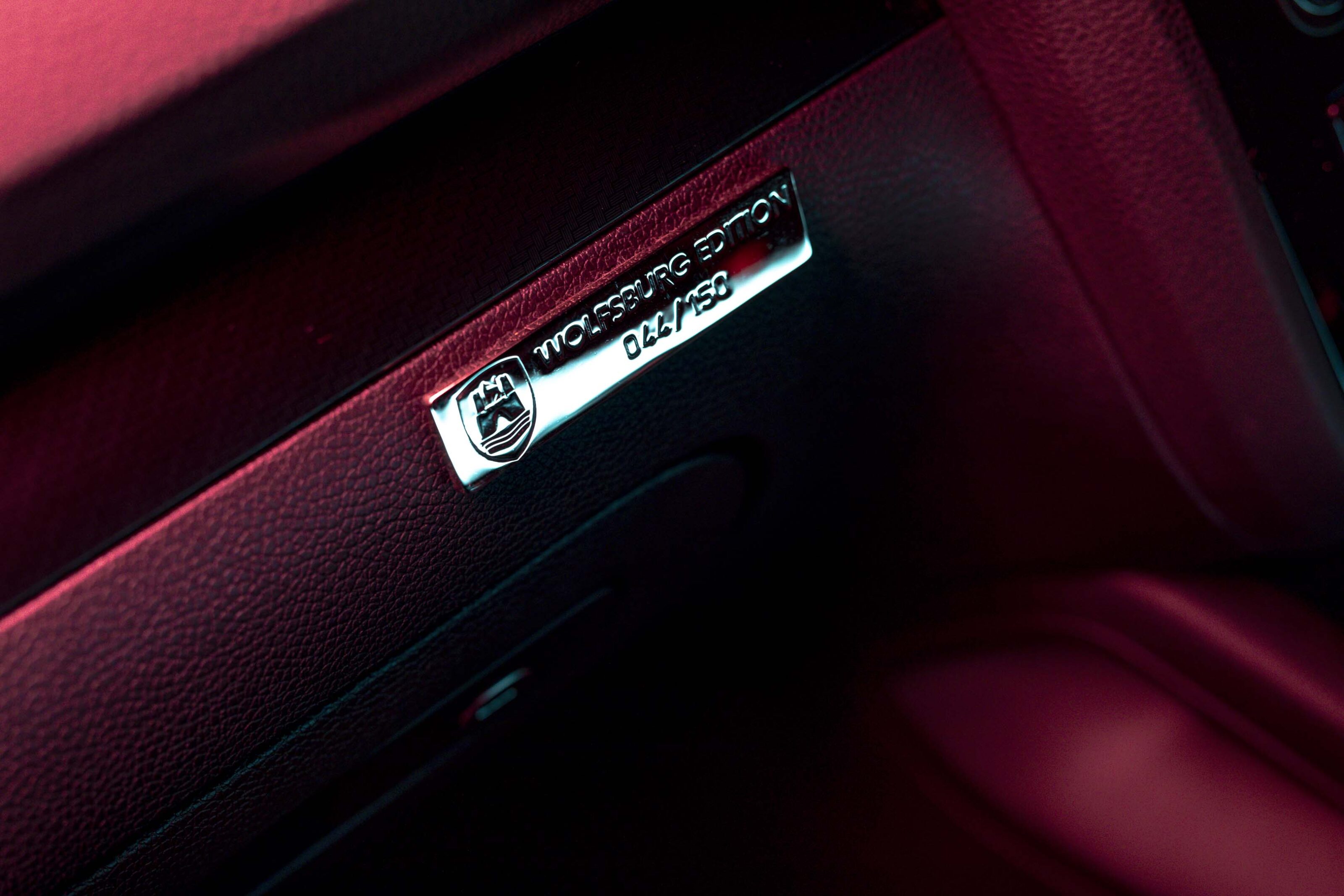
The last Scirocco was sold by VW Australia in 2017 with a 150-car run of the Scirocco R Wolfsburg edition as Volkswagen retired the nameplate globally.
Reflecting the worldwide preference for SUVs, a niche C-segment hatch proved an endangered species, especially in the wake of ‘Dieselgate’ and the company’s determined moves to electrify.
Yet the Scirocco R is a unique combination of catwalk style, genuine performance and handling for an attainable price like no other hot hatch.
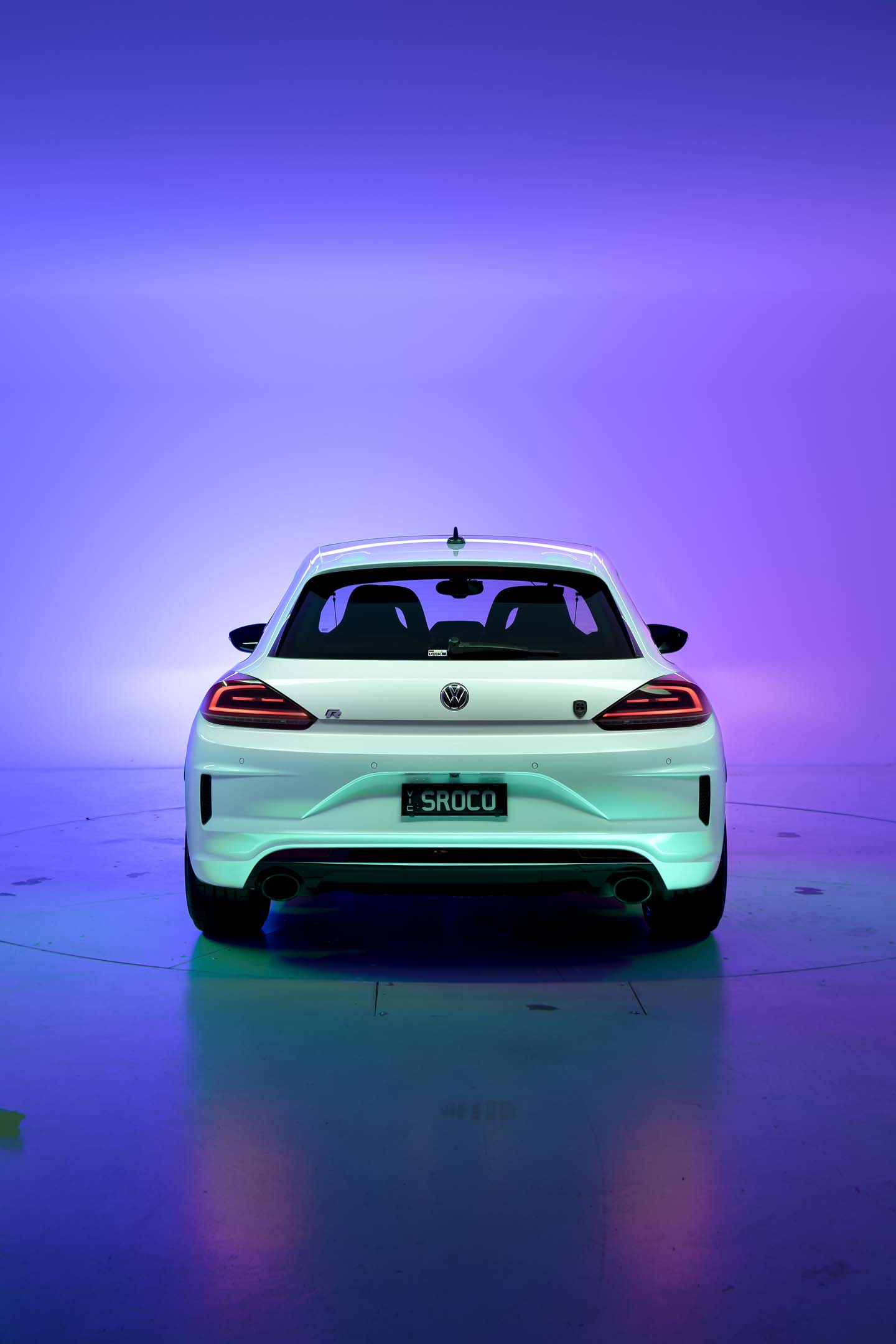
The missing link
We bemoaned the three-years’ worth of internal pushing to get the MY12 Scirocco R here, but after 35 years, what was three more?
The original Scirocco’s mid-1970s inception was unfortunately timed for Australia, with our industry in a volatile and unpredictable debate on local content and import quotas.
This meant the Scirocco would’ve taken up spots from other VW models – but at unnecessary expense. With tariffs, the price would’ve risen beyond $8000 in 1974 dollars, pushing the humble VW into Porsche and Audi territory. Game over.
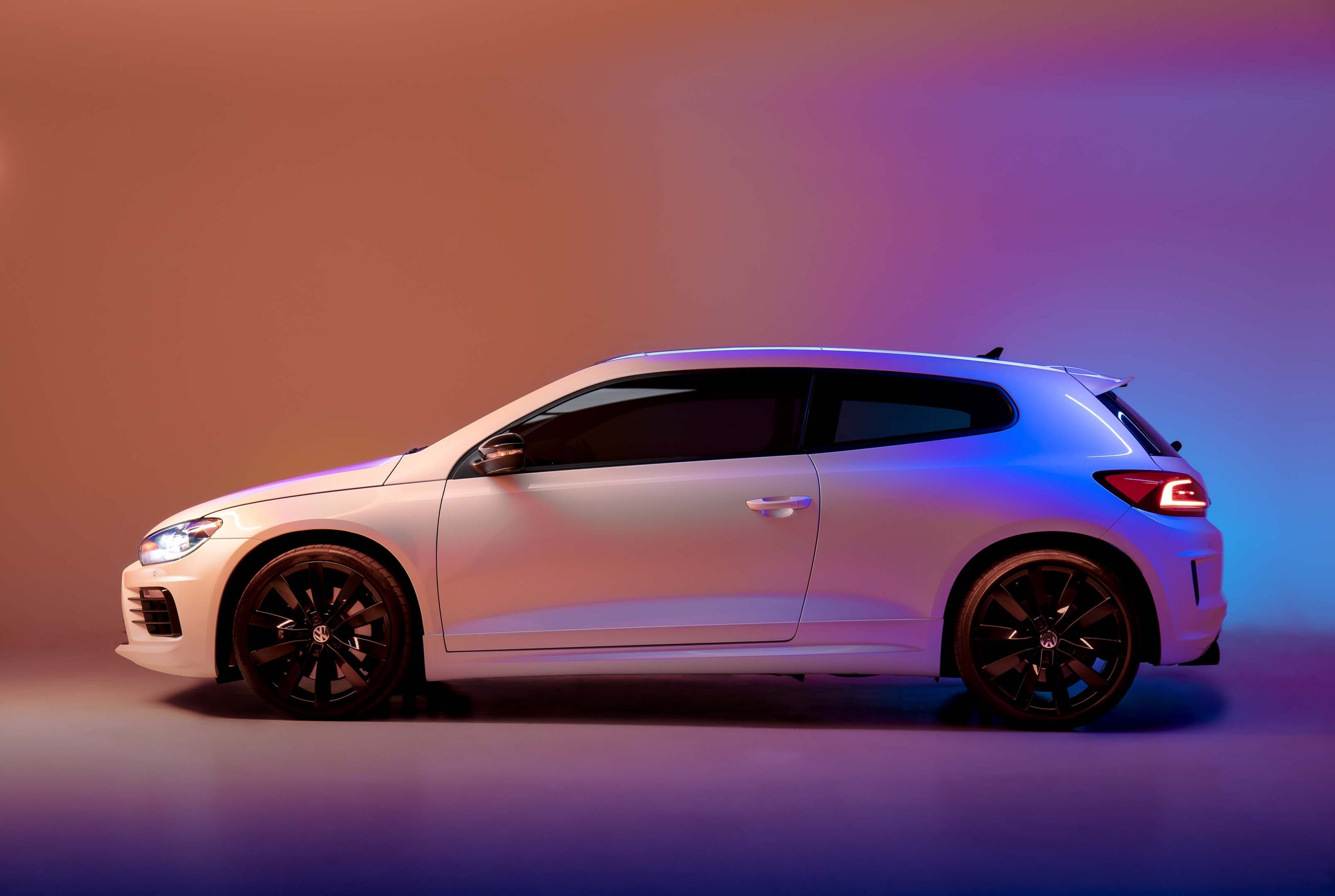
Friendly fire
It would’ve been tough for some choosing between the Scirocco R and five-door Golf R back in 2012. Head-to-head, they have identical power and torque (188kW/330Nm), and while the Golf has Haldex AWD, the Scirocco’s front-drive only.
Golf is quicker by 0.3sec in the 0-100km/h sprint – 5.7sec for the DSG version – but Scirocco carries 125kg less, so its point-to-point capability is arguably better on its wider tracks, inch-bigger 19s and standard Adaptive Chassis Control ($1300 and $1500 Golf options respectively).
We recommend
-
 News
NewsThe Volkswagen Scirocco is officially dead
As production winds down, here are the highlights of the last 43 years
-
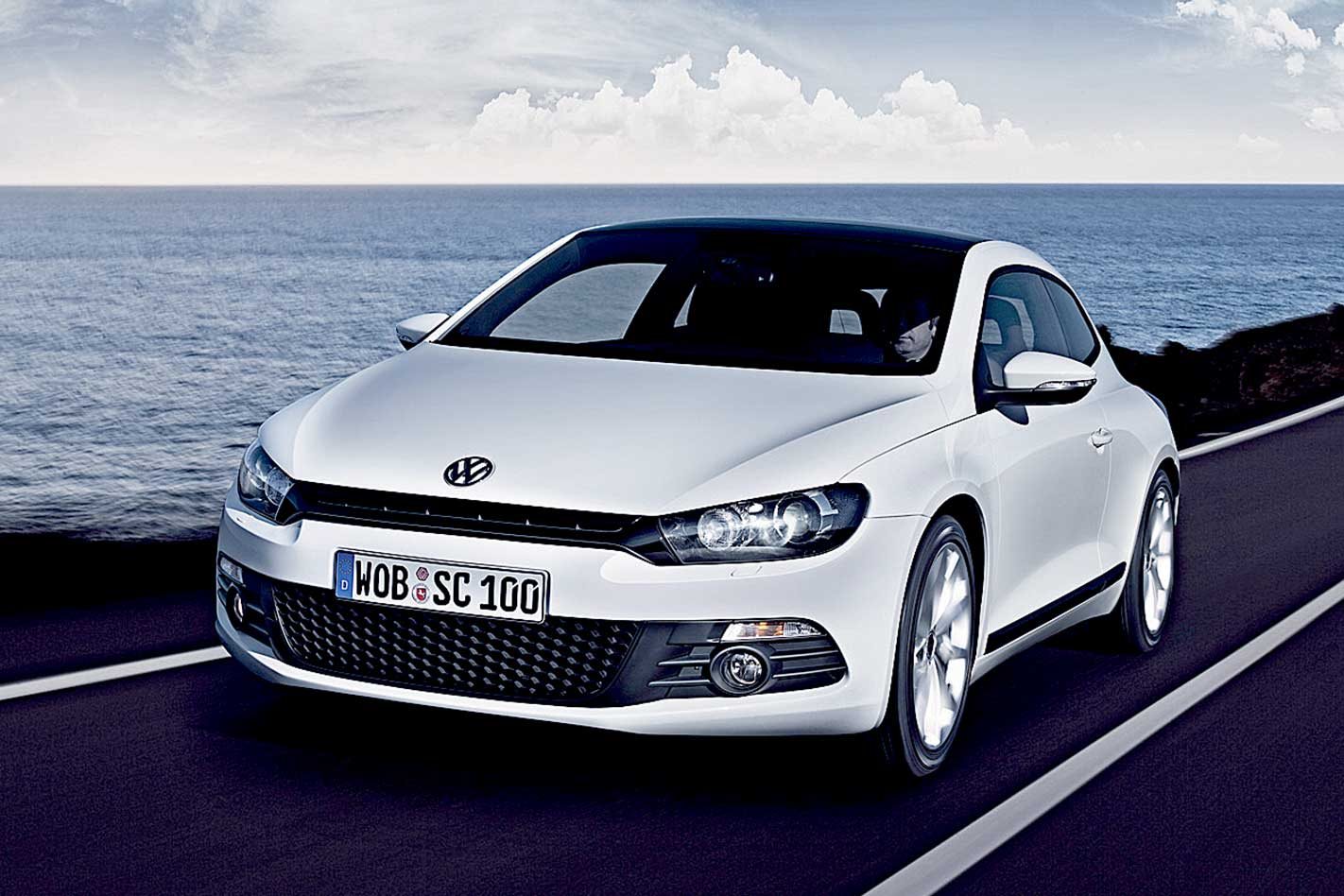 Reviews
Reviews2008 Volkswagen Scirocco GT first drive review: classic MOTOR
Golf GTI with a wind-swept body figure was a recipe destined for greatness
-
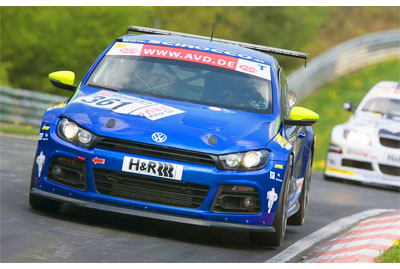 News
NewsVW Scirocco circles the 'Ring
The new GT24 petrol and gas powered Sciroccos have completed testing for the Nurburgring 24 Hour with class-leading results.





